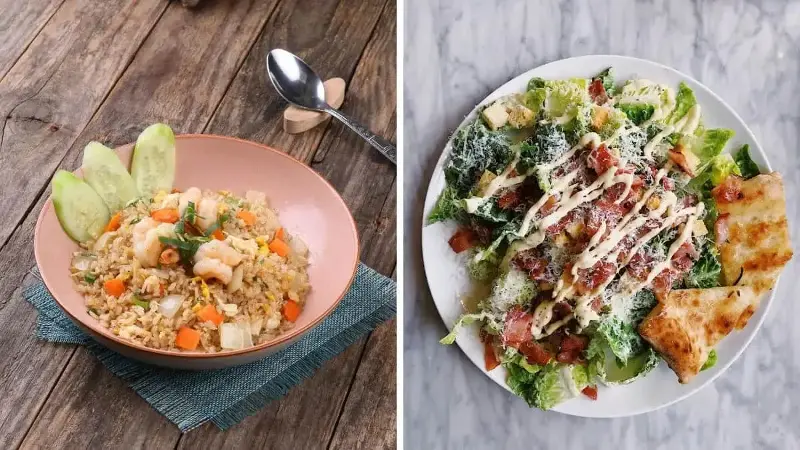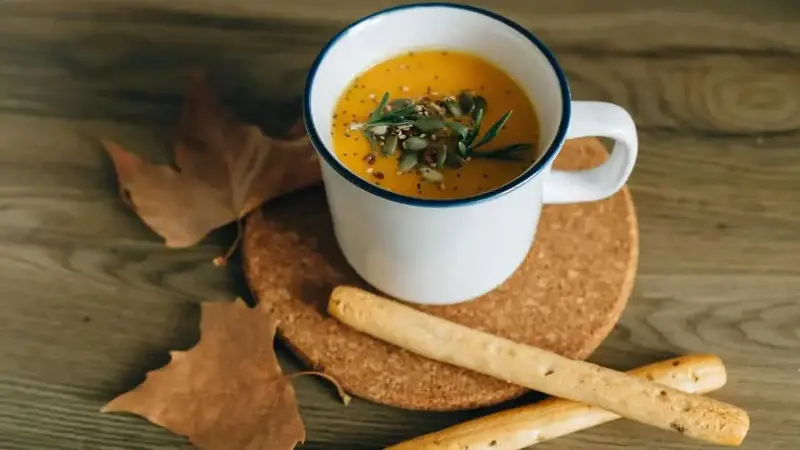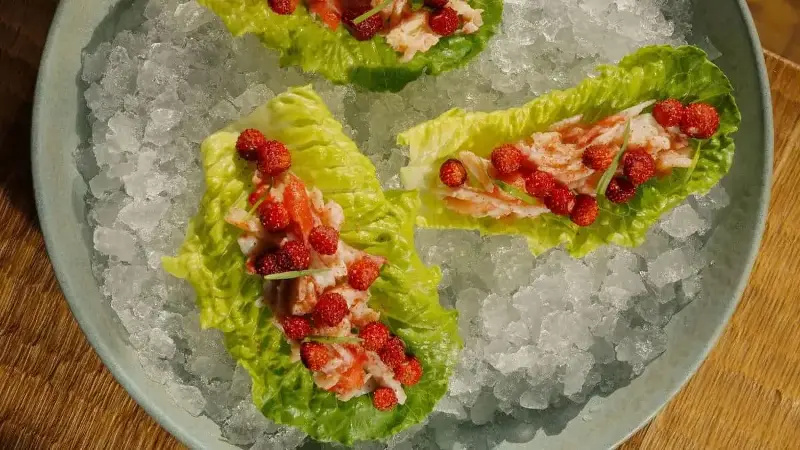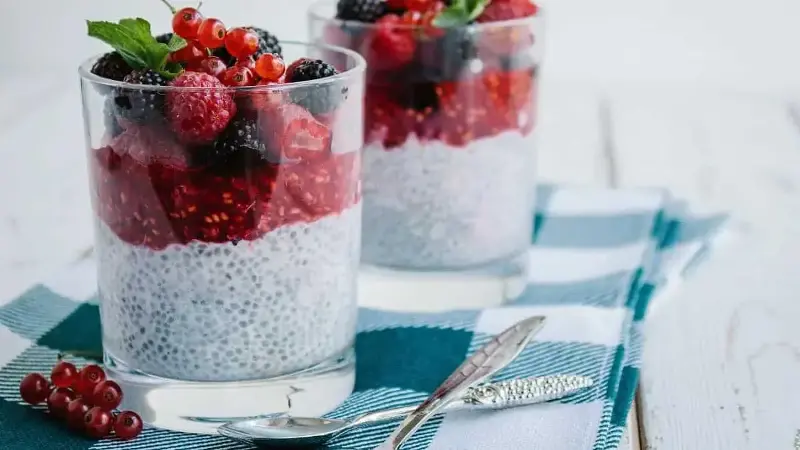
One of the pre-requisites of styling food well is to source ingredients that are beautiful in their natural forms first—before they can be utilised in a variety of ways to play around with textures. When it comes to home-cooked meals, one hardly thinks of having to plate them beautifully, unless faced with the idea of presenting them to guests or hosting a group of people. The idea about styling food is also largely associated with being a skill that is mainly useful in a restaurant setting, where the ‘effort’ of making food look good is attached to a value. Although the notion might largely hold true, there is always merit in making everyday food look just a little more appealing with minimal effort, to derive results that potentially evoke a sense of cheer as well as looking forward to feeling extra special within the confines of one’s personal kitchen.
Make Use Of Negative Space

Image Credits: Pexels
If using a plate with a wide circumference for a simple meal like scrambled eggs and toast or a slice of avocado toast means having plenty of ‘empty’ space on its surface, turn to incorporating ingredients with a colour contrast to highlight the colours of your primary dish. Place a cluster of microgreens or halved cherry tomatoes on the side to bring in a burst of vibrant colour as well as give an appearance of fullness and abundance on the plate. Alternatively, if using a plate with a concave centre and flatter wings, consider sprinkling herb garnishes across the flat surface as opposed to directly on the dish; use the space to add a few streaks of sauce or dressing too.
Intentional Knife Skills

Image Credits: Pexels
When assembling a simple fruit or snack plate, arrange slices into a fan-shaped presentation. Instead of separating pulpy fruit from their skin (read: mangoes) gently cube them three quarters of the way in before upturning the skin to push the chunks forward without detaching them. Creating texture through simple placements and cuts instantly enhances the portion while making it visually appealing as well as creating details that are noticeable as soon as it is ready to serve.
Also Read:
6 Key Tips To Use Lighting Effectively For Cocktail Photography
Highlight The Key Element

Image Credits: Pexels
Take soup bowls for example—when ladling it into a serving bowl, chances of the liquid spattering around the inner walls are likely. Using a damp cloth to wipe off the edges enables a cleaner, more organised look—which can be further enhanced with the use of a few fronds or juliennes of spring onions, a sprig of fresh rosemary or thyme, a single stem of coriander and even a drizzle of cream in the centre. The smaller portions of contrasting colour tones instantly brighten up the reds or ochres of a tomato or pumpkin soup, making it appetising from the get-go.
Thoughtful Textures & Garnish

Image Credits: Pexels
The purpose of a garnish isn’t always to remain on top of food—it can also be used as a layer to place food over. Using a leaf or two of lettuce as the base in which to place grilled chicken or seafood or using an edible potato hash ‘bowl’ to place salad inside drastically changes the way food is perceived. If making a salad of sliced citrus and beetroot, avoid tossing the arugula or baby spinach; instead make a bed of the dressed leaves and place the roundels of the root vegetable and citrus on top. Similarly, use a few wedges of lime to decorate the edges of a portion of fried shrimp or squid instead of squeezing the juice directly on them before serving.
Smaller Crockery For Maximum Elegance

Image Credits: Pexels
Whether it is a standard chia pudding or parfait that has been made for dessert, condense the portion size to fit into smaller or petite cups. Not only does smaller crockery look cuter while serving but also enables layering that is controlled and elegant. Swap a bowl with an elongated shot glass to serve oatmeal layered with fresh fruit, granola and nuts, serve a shrimp cocktail with curled up prawns hanging along the rim of a condiment bowl filled with cocktail sauce, use a quarter plate to serve skewers of fruit or chicken tikka—the smaller the better, without having to compromise on the ingredients.
